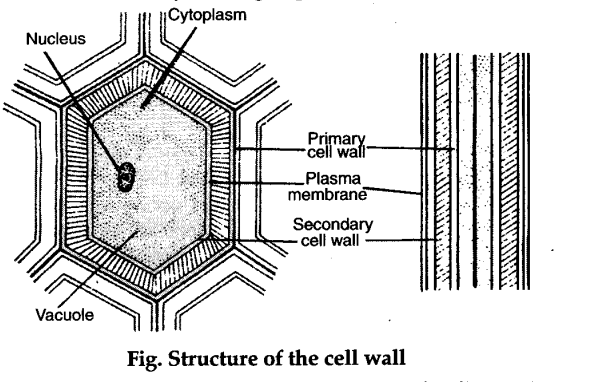Cell wall of Bacteria Main Points only and Functions of cell wall shortly
The cell wall of bacteria:
The cell wall is the
one of the most important parts of a prokaryotic cell for serval reasons,
Most bacteria have strong
cell walls that give them shape and protect them from osmotic lysis.
The cell wall can
protect a cell from toxic substances and is the site of action of serval
antibodies.
After Christian gram
developed the gram stain in the last century, it soon became evident that
bacteria could be divided into two major groups on the basis of their response to the
gram stain procedure.
The cell wall divided into
two parts 1. Gram-Positive
2. Gram-Negative
Gram-positive the cell wall consists of single 20-80nm thick peptidoglycan layer lying outside the
plasma membrane
Gram-negative
cell wall is quite complex. It has 1-3nm peptidoglycan layer surrounding by 7-8nm
thick outer membrane. This includes the walls and structure outside the plasma
membrane-like capsule when present.
Gram-positive
stained with purple color and negatively stained with pink color.
A space scene between
cell wall and plasma membrane in electron micrographs of gram-negative bacteria
, and sometimes a similar but smaller gapes observed in gram-positive bacteria,
this space is called the periplasmic space or periplasm.
The function of the cell wall:
Some of the function of
cell wall are summarised as follow,
1. To provide a solid
support for flagella
2. To prevent rupture of
bacteria caused by osmotic pressure by their environment.
3. To maintain the shape
of the micro-organism.
4. To regulate to a certain
degree, the passage of molecules into and out of the cell.
5. To prevent the site of
attachment for the most bacterial viruses.
6. To prevent some toxic
substance.




0 Comments